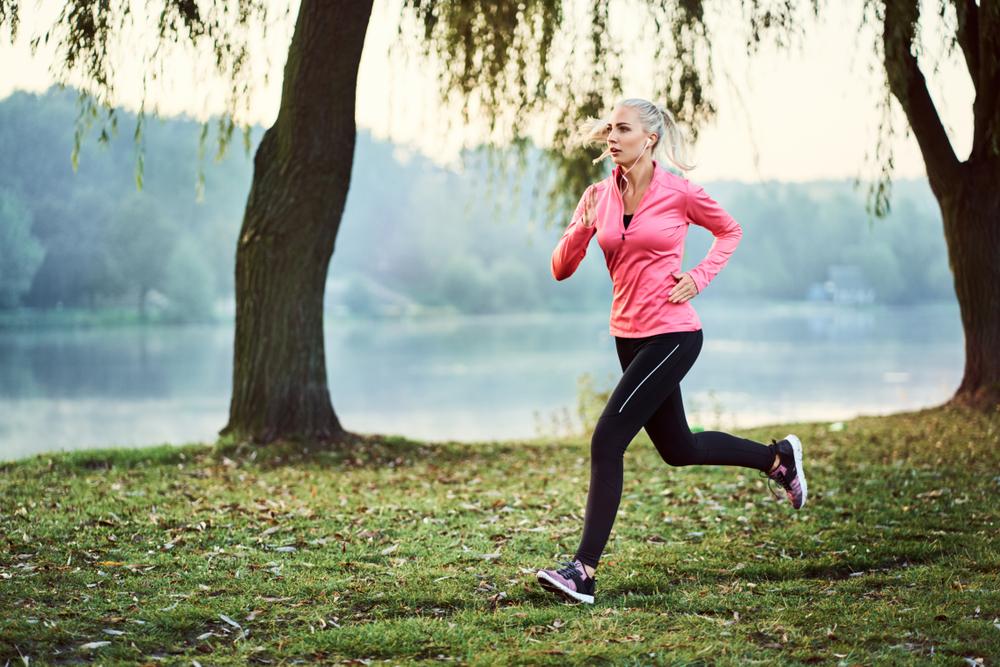After Popeye the Sailor Man eats a can of spinach, he can grow strong muscles. Can the rest of us now also take a pill that does the job of exercise?
In the June issue of the journal Nature, a discovery caught people’s attention. It has made many people who do not like exercising or cannot exercise daydream about the possibilities.





